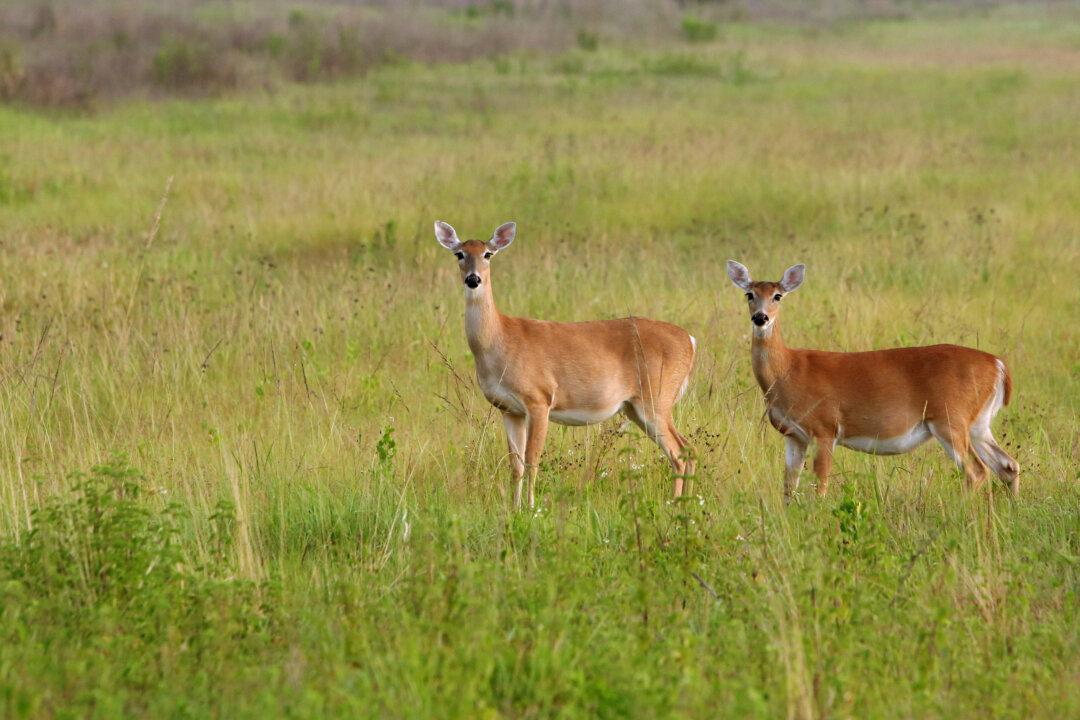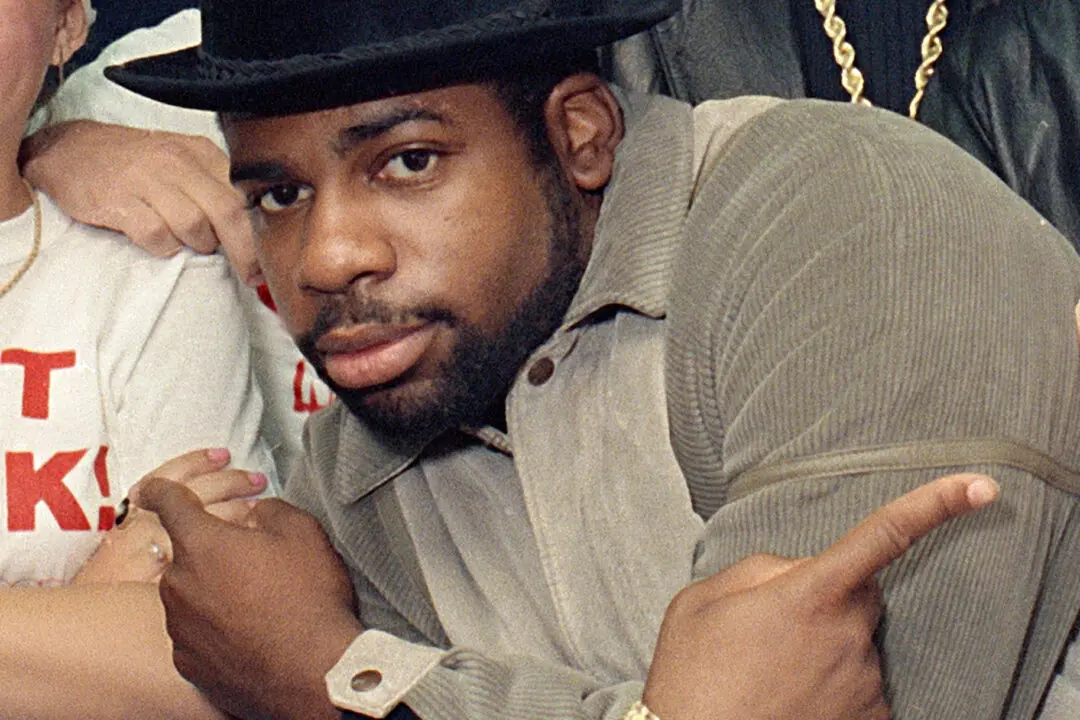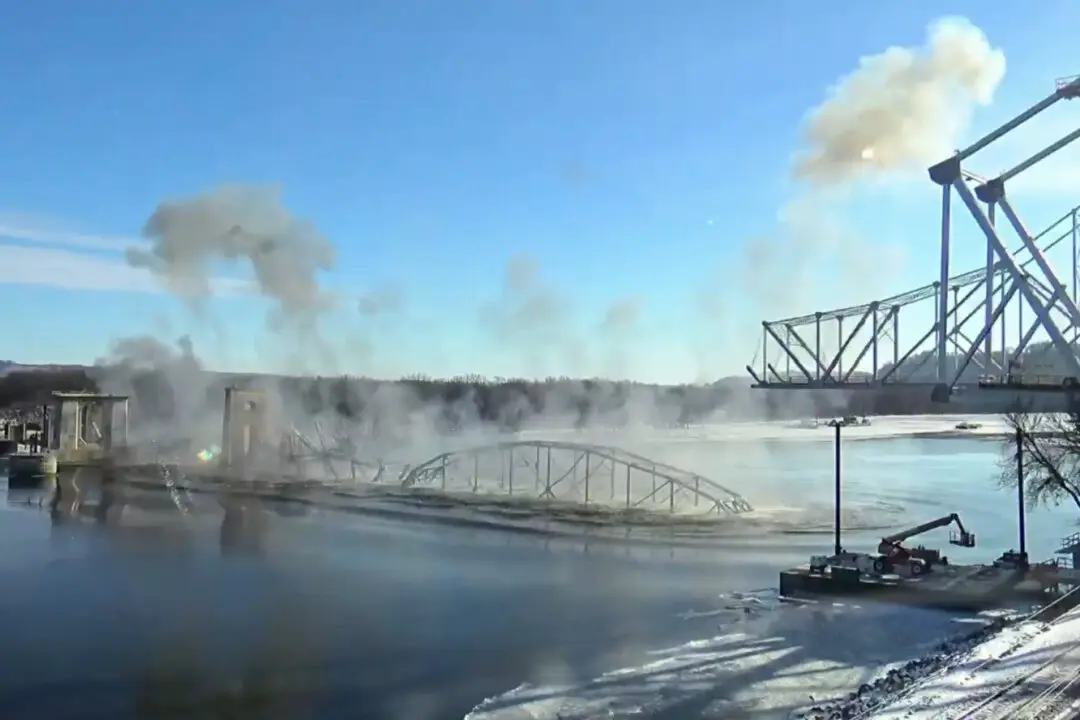TALLAHASSEE, Fla.—Every Florida state park is now being considered as a potential killing field.
A checklist that park planners use in reviewing what can be allowed in Florida’s park system now calls for adding hunting as a possible activity.
Initially the “hunting” category was only for the larger parks, according to former Department of Environmental Protection park planner Enid Ehrbar. But three weeks ago, she said, the planners were told to apply it to each of the state’s 161 parks.
That means it would include not just Hillsborough River State Park in Thonotosassa, but also beachfront and bayfront parks like Honeymoon Island State Park near Dunedin and Cockroach Bay Preserve State Park near Ruskin. Even the Ybor City Museum State Park would have to face the question of whether hunters could find something to shoot there.
“It’s an outrage,” Frank Jackalone of the Sierra Club said Thursday. “It’s shocking that they would pervert the meaning of our state parks that way.”
Created in 1935, the parks system is intended to preserve unique portions of Florida’s natural landscape. Hunting hardly fits with that mission, say parks advocates.
But DEP Secretary Jon Steverson, whom Gov. Rick Scott appointed to lead the DEP last year, is trying to make the parks pay for themselves by adding in previously banned activities.
He has said that parks pay only 77 percent of their expenses, and he wants that number to be 100 percent.
In March, he told a state legislative committee that he wanted to make the parks pay for themselves by adding timber harvesting, cattle grazing and other money-making activities.
Steverson did not mention the word “hunting” to lawmakers. But his staff put together a presentation that included not just cattle and timber as new money-making park activities, but also hunting as an “action step.” The goal was to “implement wherever possible” by Dec. 31.
When the Times first revealed that document in June, DEP spokeswoman Dee Ann Miller said the presentation was outdated and that it hadn’t been vetted by Steverson. She did say, however, that hunting was being considered.
Subsequently, the DEP amended a two-page checklist called “Potential Park Activities/Facilities” to include hunting.
For the past five or six years, DEP officials have required park planners to use the checklist when reviewing the park management plans, said former parks planning chief Albert Gregory. In earlier versions of the checklist, boat ramps, kayak launch sites, concession stands and dog parks were among the choices.
“It was to show that we had considered all the possibilities,” Gregory said, who retired last year after nearly 30 years with the agency. “If something was not suitable, then we would have to explain why.”
He said that while he was at the DEP, hunting was never a choice—for obvious reasons.
“Of all the activities being contemplated, hunting is most incompatible with the state parks,” Gregory said.
That was then.
Three months ago, “they added stuff like hunting, timber harvesting and cattle grazing,” said Ehrbar, who quit her job as a DEP park planner on Oct. 21 because she disagreed with the direction of the division.
Some activities were elaborate, such as “alternative energy”—windmills and solar panels—and the sale of “hardwood chippings” for use in biofuel plants.
Initially, Ehrbar said, the planning staff was told that this updated list was to be used only for parks of more than 1,000 acres. But in early October, she said, word came down from top managers that the checklist was to be applied to all parks.
The checklist does not specify what kind of hunting might be allowed. Hunters might be permitted to shoot deer, turkey, squirrel, rabbit, otter, bobcat, raccoons, beavers, quail, dove, feral hogs, coyotes and—if a second season is approved after the controversy over the first one—bears.
Under Scott, DEP’s management of state lands has repeatedly drawn public protests. In 2011, Scott pulled the plug on a plan to add campgrounds at Honeymoon Island after it sparked opposition. He’s had two directors of the state’s land division quit in the last two years after questions arose about their efforts to monetize public property.
In August, Steverson was chided by members of the Florida Cabinet for not being forthcoming with the public on how he plans to alter the parks. Even Scott advised his appointee that he should be “sitting down with all the people that use the state parks and make sure we’re doing the right thing.”
“It seems like everybody is ready to kill it in the cradle,” Steverson said then. “I am in no way trying to harm the parks.”
Repeated requests by the Times to interview Steverson have been declined by his staff. They say he is far too busy to talk to reporters.
DEP spokeswoman Lauren Engel said the checklist is designed to help planners identify potential activities for each park, but that none of the activities are required. Special hunts, like those organized by nonprofits like Wounded Warriors in Action, might be considered by the DEP “in appropriate locations,” she said.
“At this time, there are currently no proposals to open any parks to additional hunting,” Engel said.





